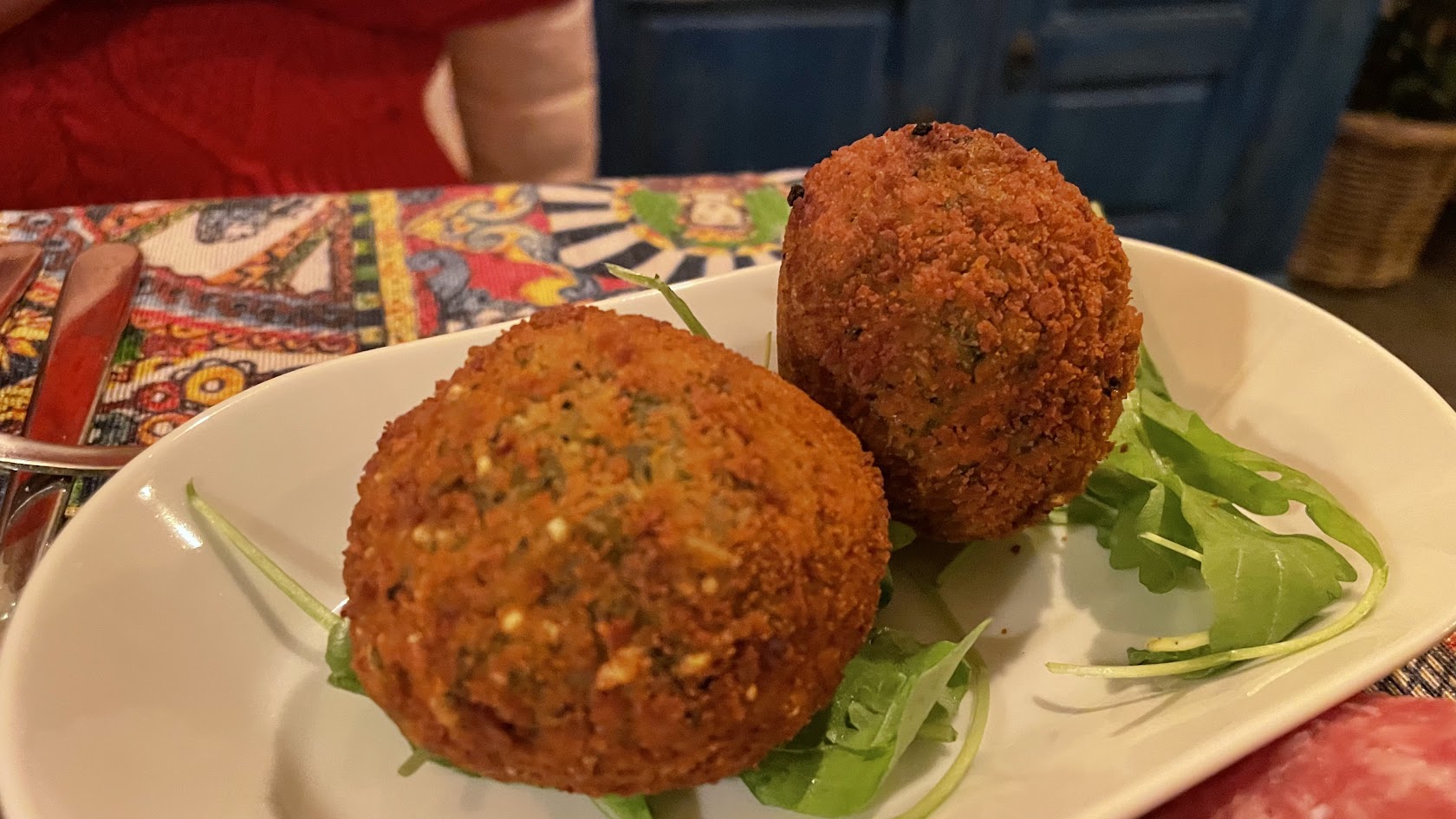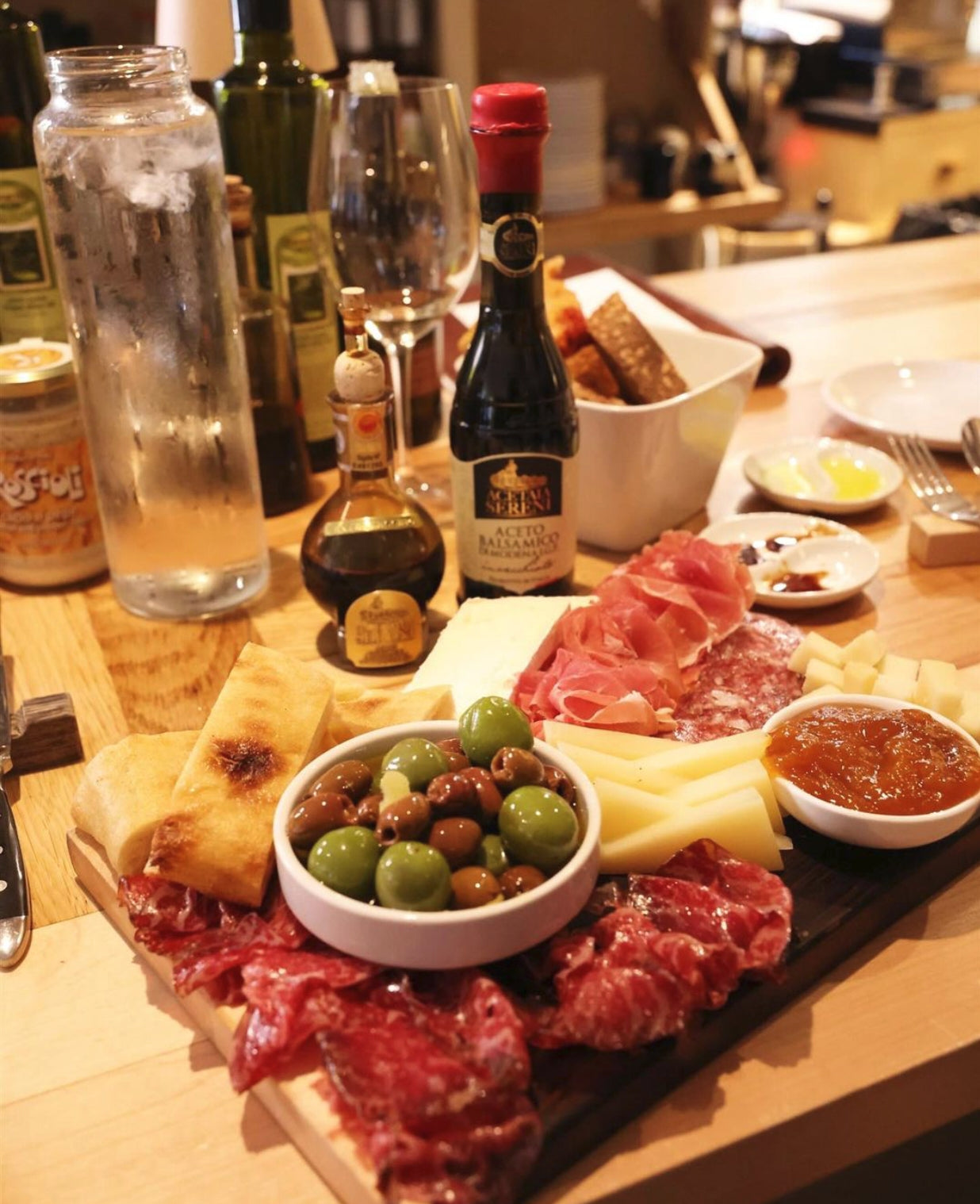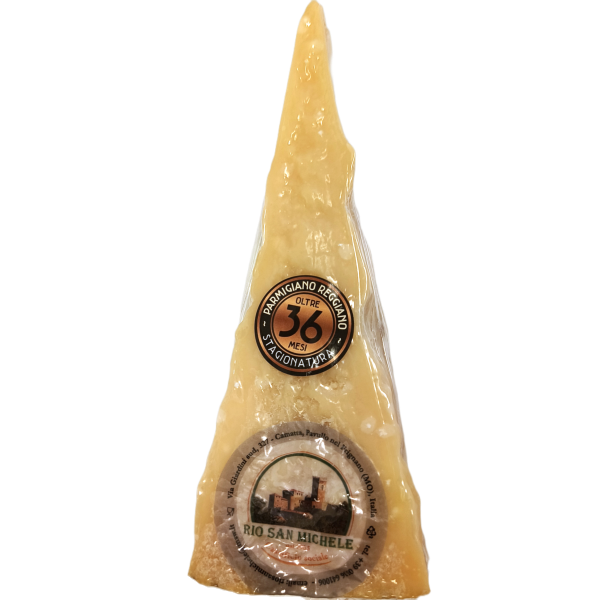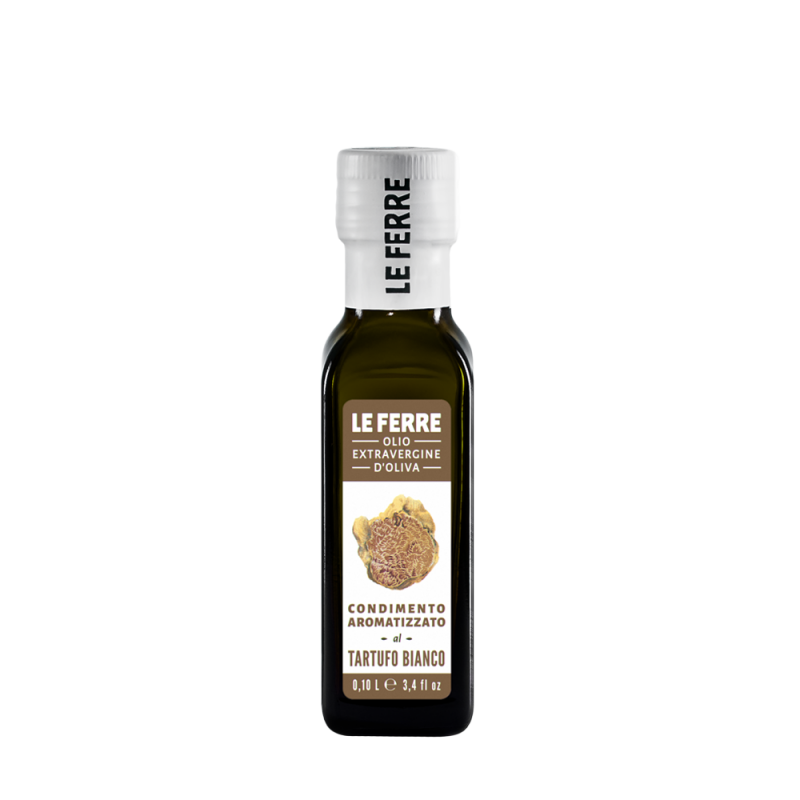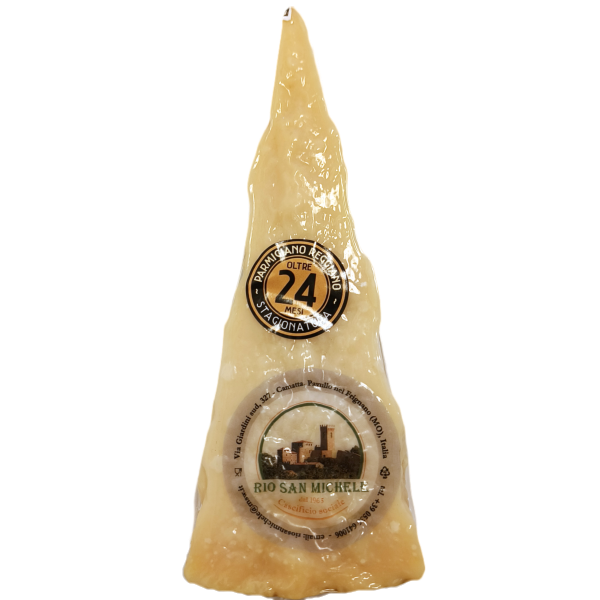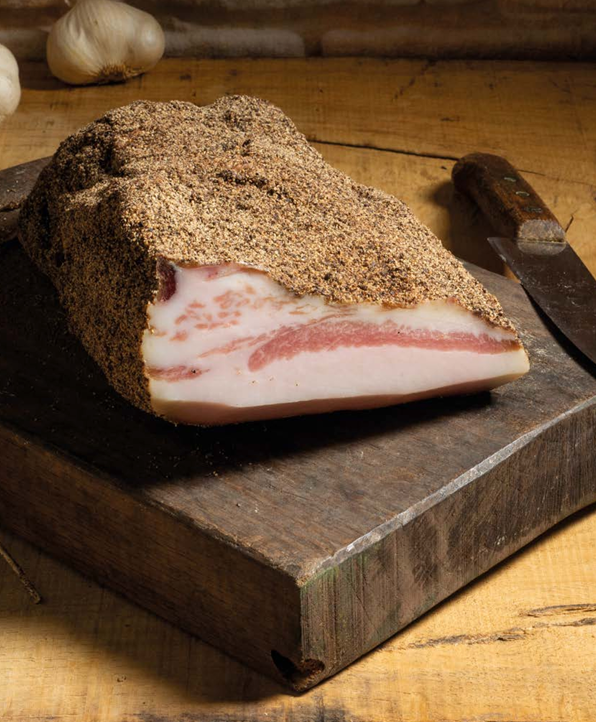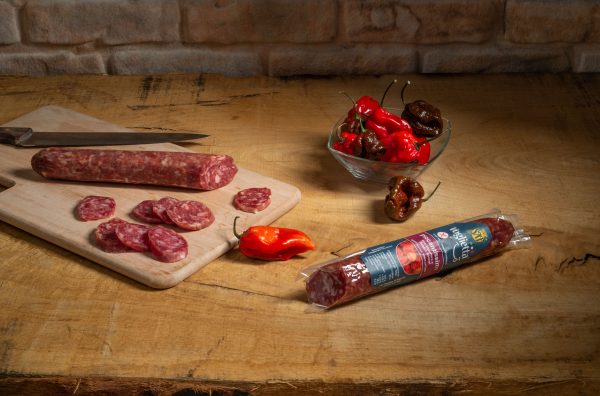Sicily, a melting pot of peoples and cultures, has a culinary tradition that reflects centuries of encounters and influences. Sicilian food is the result of Greek, Roman, Arab, Norman, Spanish and French influences that have left their mark on the island's cuisine and flavors over the centuries. Every bite of a Sicilian dish tells an ancient story of conquests, cultural exchanges and traditions passed down from generation to generation.
Historical roots: Arab, Greek and Norman influences
To understand Sicilian cuisine, we need to take a step back in time. The Greeks already introduced olive trees and vines, which are now the mainstays of the Mediterranean diet. However, with the arrival of the Arabs in Sicily in the 9th century, Sicilian food culture took a decisive turn. The Arabs brought rice, citrus fruits, sugar, almonds and exotic spices to Sicily, which still characterize many Sicilian dishes today. Sicilian pastry art, known throughout the world, owes much to this influence, as can be seen in pastries such as cassata and cannoli , which use ingredients introduced by the Arabs.
With the Normans, and later the Spanish and French, Sicilian cuisine was further enriched with new flavors and techniques. But despite these external influences, the island's cuisine has maintained a strong identity with powerful flavors, simple ingredients and recipes that celebrate local produce.
Arancini (or arancine): A matter of name and pride
Among the most famous Sicilian dishes, arancini (or arancine , depending on where you are) deserves a separate chapter. This delicious street food, consisting of a crispy golden crust with a core of rice, meat sauce, peas and cheese, is both beloved and the center of a fun rivalry between Catania and Palermo.
In Catania they are called arancini, often shaped like a cone, which is said to resemble Mount Etna. In Palermo, however, the name is arancina , and the shape is round like an orange (hence the name, see picture). There is a heated debate about which name is correct, but regardless of the version, it is one of the tastiest Sicilian specialties.
A friendly tip: If you want to avoid arguments, don't call them "arancini" in front of someone from Palermo, or "arancine" in front of someone from Catania. However, I was born and raised calling them arancini, so I hope my friends from Palermo will forgive me :-)
Pasta alla Norma: A tribute to art and the flavors of the earth
Another iconic Sicilian dish is pasta alla Norma , which is both a tribute to the island's culinary traditions and art. The dish is named after the opera "Norma" by Vincenzo Bellini, one of the most famous composers from Catania. According to legend, the dish was named after a theater critic who, after tasting it, exclaimed that it was "a real Norma", that is, a masterpiece.
Pasta alla Norma is a simple yet powerful dish, consisting of spaghetti or macaroni with a fresh tomato sauce, fried aubergines, salted ricotta and basil. The ingredients perfectly represent Mediterranean cuisine, celebrating the produce of the land with a few simple steps to highlight the authentic flavours.
Sicilian cassata: Sweetness and colors
Sicilian cassata is one of the most representative pastries from the island. This sumptuous dessert, made with ricotta, candied fruits, marzipan and sugar, is a symbol of the richness and complexity of Sicilian pastry art. Here too, the Arab influence is evident, with the use of sweetened ricotta and marzipan, but the cassata, with its brilliant colors and unforgettable flavors, has become an icon of Sicilian pastry.
Traditionally enjoyed at Easter, cassata is now available year-round and is a must-try for any visitor to Sicily. Like many Sicilian recipes, cassata varies slightly from town to town, but its essence remains the same: a triumph of sweetness and flavor.
Other typical dishes and products
Sicilian cuisine is rich in typical dishes and products, all of which deserve a deeper study. Among them, the following stand out:
- Fresh fish , especially tuna and swordfish, which are included in several recipes, such as grilled tuna or pasta with swordfish and eggplant .
-
Capuliato: Capuliato is a burst of Sicilian flavor: finely chopped sun-dried tomatoes seasoned with olive oil, garlic, and basil. Perfect for pasta, on bruschetta, or as a rich seasoning for rustic dishes, it captures the warmth and intensity of the Sicilian sun. A simple ingredient that can turn any recipe into a masterpiece.
-
Caponata: this is an iconic Sicilian dish, a perfect balance of sweet and tangy flavors that captivates at first bite. Fried eggplants, celery, capers, olives, and an irresistible tomato and vinegar-based sauce create a dish full of contrasts and tradition. Perfect as an appetizer or side dish, caponata is a true tribute to Mediterranean flavors.
- Granita , a specialty of eastern Sicily, especially Catania and Messina. Sicilian granita is creamy and served with brioche for breakfast, especially in lemon, almond, or mulberry flavors.
- Sicilian cannoli , another masterpiece of pastry art, with a crispy shell filled with sweet ricotta and topped with chocolate chips or candied orange peel.
- Eggplant parmigiana , a dish that symbolizes southern Italy, the origins of which are disputed between Sicilian and Neapolitan cuisines. It is made of fried aubergines, tomato sauce, mozzarella or other cheeses, and basil. Parmigiana is loved throughout Sicily and is often prepared with local ingredients that highlight its unique flavor.
The importance of local products: the gold of Sicily
You can't talk about Sicilian food without mentioning the exceptional quality of local produce, which is the true secret behind many recipes. Olive oil , wine (such as Marsala, Nero d'Avola and Zibibbo ), citrus fruits (especially lemons and blood oranges), pistachios from Bronte and almonds from Avola are just some of the top-quality products that make the island's cuisine unique.
Also an essential ingredient in Sicilian cooking are capers from Pantelleria , known for their intense and aromatic flavor. These small flowers, preserved in sea salt, are used in many dishes, from caponata to fish recipes, adding a touch of complexity to the dishes.
Sicily is also known for its honey production , especially around Etna, and for sea salt from Trapani , which is a basic ingredient in many dishes. These products not only form the basis of many traditional recipes, but also represent a deep bond between the land and the people.
Conclusion
Sicilian food is a journey through history, culture and love of authentic flavours. Each dish tells the story of an island that has managed to receive and transform different influences, creating a culinary tradition that is unique in the world. Whether it's an arancino, a plate of pasta alla Norma or a piece of cassata, each bite is an experience that encapsulates centuries of history and gastronomic know-how.
Buon appetito!

